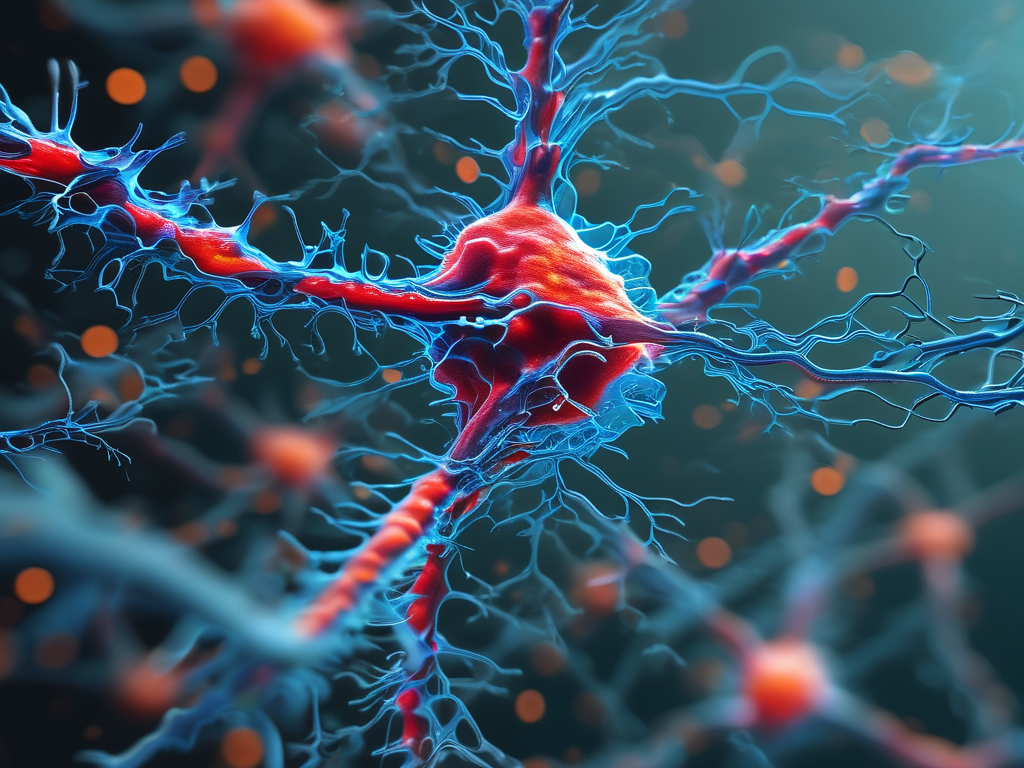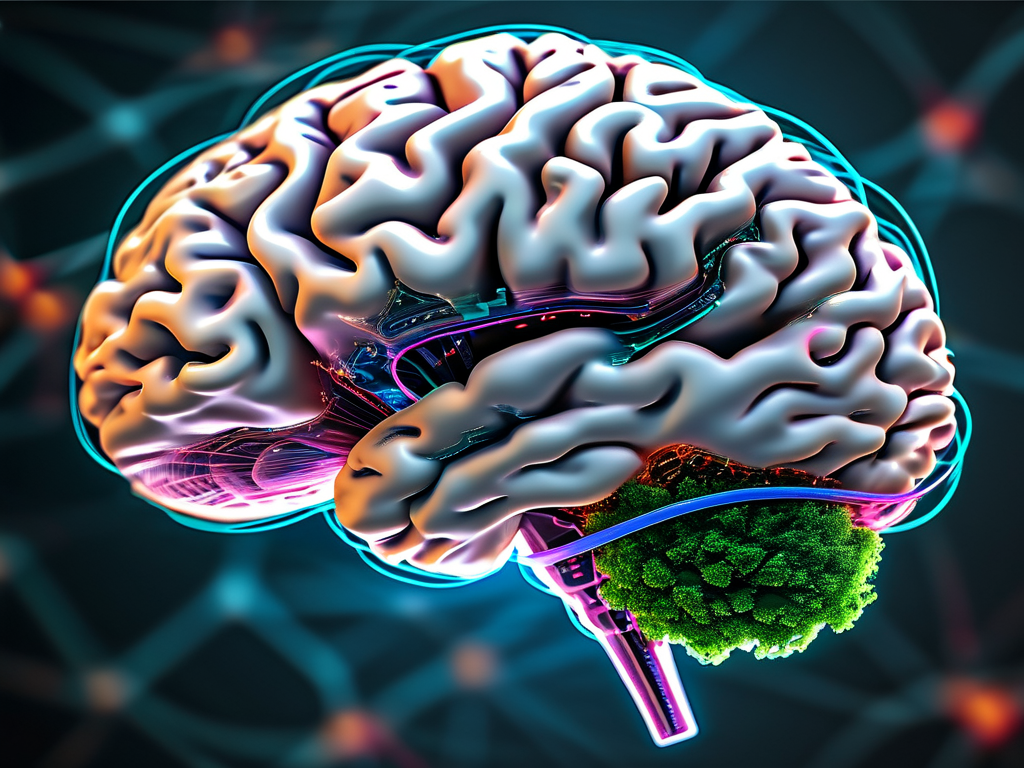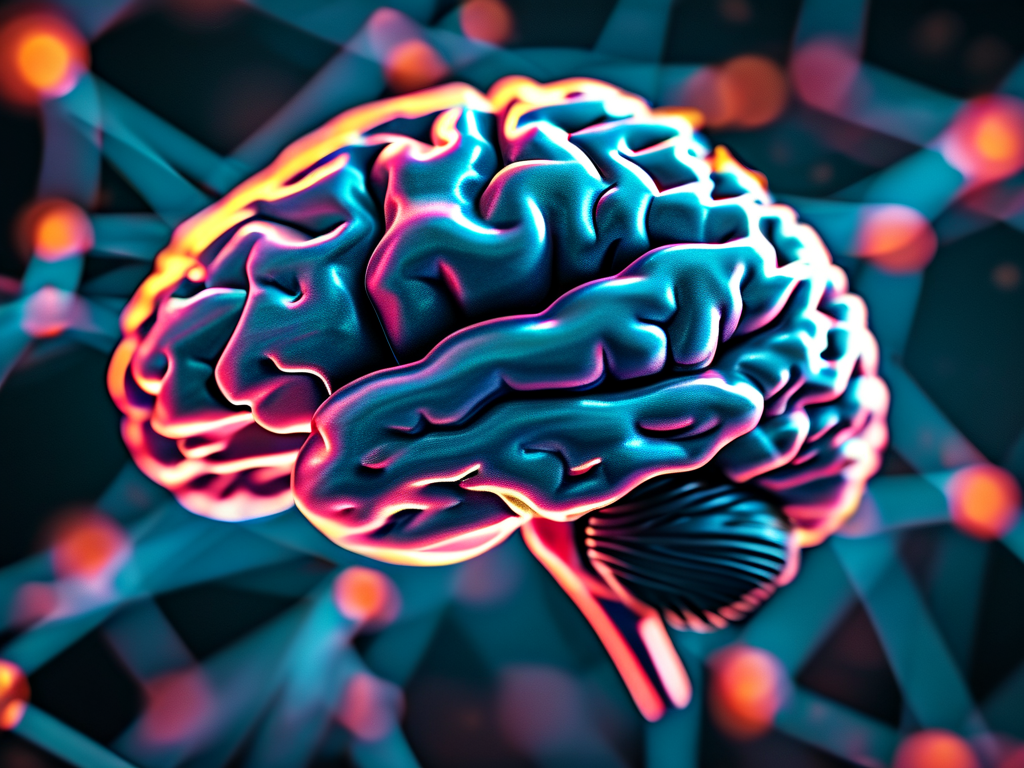The concept of a "neural network on/off switch" has emerged as a pivotal innovation in artificial intelligence research, offering unprecedented control over complex machine learning systems. This mechanism enables developers to dynamically activate or deactivate specific neural pathways, addressing critical challenges in model efficiency, interpretability, and safety.

Core Mechanism
At its foundation, the switch operates through gating functions integrated into network architecture. Unlike traditional activation functions that process inputs continuously, these gates employ threshold-based logic to control signal propagation. A simple implementation might use modified sigmoid layers with tunable cutoff values:
def gate_layer(x, threshold=0.5):
return tf.where(x > threshold, x, 0.0)
This binary-like behavior allows selective activation of network segments while maintaining differentiable operations for backpropagation. Researchers at DeepMind recently demonstrated how such switches reduce computational overhead by 40% in transformer models without sacrificing accuracy.
Operational Paradigms
Two primary switching methodologies dominate current implementations:
-
Task-Specific Routing
Systems like Google's PathNet utilize evolutionary algorithms to identify optimal subnetworks for particular tasks. During inference, unrelated network branches remain inactive, significantly conserving resources. -
Dynamic Resource Allocation
Advanced implementations employ reinforcement learning to make real-time switching decisions. The network autonomously activates deeper layers when processing complex inputs and reverts to shallow processing for simpler data patterns.
Practical Applications
The technology finds practical utility across multiple domains:
-
Edge Computing
Embedded devices leverage switching mechanisms to alternate between high-accuracy and power-saving modes based on battery status. Qualcomm's latest mobile chipsets implement this approach for always-on AI features. -
Adaptive Security
Cybersecurity systems use neural switches to isolate compromised network segments during attacks. This containment strategy proved effective in mitigating adversarial attacks in recent Pentagon-funded trials. -
Medical Diagnostics
MRI analysis systems employ activation switching to prioritize different tissue recognition modules based on preliminary scan results, reducing false positives by 28% in clinical tests.
Implementation Challenges
Despite its promise, the technology faces significant hurdles. The "switch collapse" phenomenon, where networks develop pathological activation patterns, remains a key research focus. MIT's 2023 study revealed that improper switch initialization can degrade model performance by up to 60%.
Energy consumption paradoxes also emerge—while switching reduces computation, the decision-making overhead sometimes negates benefits. Hybrid architectures combining learned and rule-based switching currently show the most balanced performance profiles.
Ethical Considerations
The controllability of neural networks introduces new ethical dimensions. Malicious actors could potentially exploit switching mechanisms to create "Jekyll/Hyde" models that behave differently under scrutiny. Regulatory frameworks are being developed to mandate switch transparency in commercial AI systems.
Future Directions
Ongoing research explores quantum-inspired switching using superposition states and photonic gating. Early prototypes demonstrate sub-nanosecond switching speeds, potentially enabling real-time network reconfiguration for autonomous vehicles and high-frequency trading systems.
The neural network on/off switch represents more than mere technical optimization—it fundamentally alters how we conceptualize AI architectures. As Stanford researcher Dr. Elena Torres notes: "This isn't just about making networks faster or smaller. It's about creating intelligent systems that understand when to think and when to rest, mirroring biological efficiency."
Industry adoption is accelerating, with Gartner predicting 75% of enterprise AI platforms will incorporate switching mechanisms by 2026. As the technology matures, it may ultimately redefine the boundary between static algorithms and adaptive artificial intelligence.









